Revisiting Rituals – The Intersection of Art and African Spiritual Practices
Introduction
Ritual is a cornerstone of African life. It structures time, connects generations, and sustains spiritual balance. For centuries, rituals have used objects, music, performance, and visual symbols to invoke ancestral presence and communicate with the divine. As a contemporary African artist, I find myself constantly drawn to these practices—not to replicate them, but to re-engage with their spirit through a modern lens. In this blog post, I reflect on how ritual informs my art and how it becomes a means of healing, storytelling, and resistance.
Ritual as a Creative Blueprint
Traditional African rituals often follow a structured, symbolic sequence—a beginning, a transition, and a transformation. This structure inspires how I think about creating art. When I approach a piece, I am entering a ritual space: preparing mentally and spiritually, engaging with materials through process, and concluding with an offering to the viewer. This rhythm of beginning, middle, and end is embedded in both sacred ritual and my creative process.
The Body in Ritual and Art
In many African cultures, the body is central to ritual—painted, adorned, moved, or placed in specific formations. This reverence for the body influences my own sculptural work. I often depict limbs, torsos, and facial features not as literal forms but as carriers of spiritual presence. Scars on skin, outstretched arms, or closed eyes all speak to embodied memory. Through these gestures, I engage with the spiritual language of the body.
Sacred Space and Installation
Rituals take place in sacred spaces—shrines, clearings, or family compounds. When I create installations, I think of them as temporary sacred spaces. Whether placed in a gallery or outdoors, these works are meant to transform the space into a site of reflection. Lighting, object placement, and sound are carefully considered to evoke a sense of reverence. My goal is not to recreate a shrine but to offer a contemporary space where the sacred can be felt and contemplated.
Symbols as Spiritual Codes
African spiritual systems are rich with symbols—cowrie shells for wealth, kola nuts for hospitality, water for purification. I embed these and other symbols into my work to invoke their meanings and question how they resonate today. These symbols are not decorative; they are codes. When viewers recognize them, a spiritual dialogue begins. And even when they don’t, the energy of the symbol still speaks through form, texture, and placement.
Reclaiming Ritual from Misrepresentation
Historically, African rituals have often been misrepresented as primitive or superstitious by colonial narratives. Through my art, I work to reclaim these practices as sources of knowledge, healing, and cosmology. My sculptures and installations challenge stereotypes and invite viewers into a deeper understanding of African spiritual systems—not as relics, but as living traditions with relevance today. This is part of my broader mission: to reframe African art and spirituality on our own terms.
Healing Through Ritual Practice
Many traditional rituals are designed for healing—of individuals, families, or communities. In my work, I see art itself as a ritual of healing. By engaging with ancestral forms and narratives, I am addressing personal and collective wounds. The making of art becomes a form of therapy, and the final work a site of communal reflection. Viewers are not just observers; they are participants in a ritual experience that invites healing, questioning, and transformation.
Ritual Objects as Contemporary Sculpture
Items used in rituals—such as staffs, masks, pots, and cloth—have long inspired my artistic vocabulary. In my practice, I reimagine these ritual objects as contemporary sculptures. I do not replicate sacred forms, but I pay homage to their energy and intention. A staff becomes a metaphor for leadership; a mask becomes a vessel for unseen emotion. These transformations allow the objects to speak to both tradition and modernity.
Spiritual Authenticity vs. Artistic Innovation
One of the most delicate balances I maintain is between honoring spiritual traditions and pushing artistic boundaries. I do not seek to commercialize or trivialize sacred practices. Rather, I interpret them through a lens of respect and creative inquiry. Each piece is created with humility, acknowledging that I am both a student and a vessel. The innovation lies not in replacing tradition, but in dialoguing with it through contemporary language.
Conclusion
Art and ritual are deeply entwined. Both seek to transcend the ordinary and connect us to something greater. In my journey as an artist, rituals have provided both inspiration and structure—offering a way to think, feel, and create that is rooted in African knowledge systems. As I continue to explore the intersection of art and spirituality, I invite my audience to not just view my work, but to feel it—to enter a space where ritual, memory, and imagination converge.
